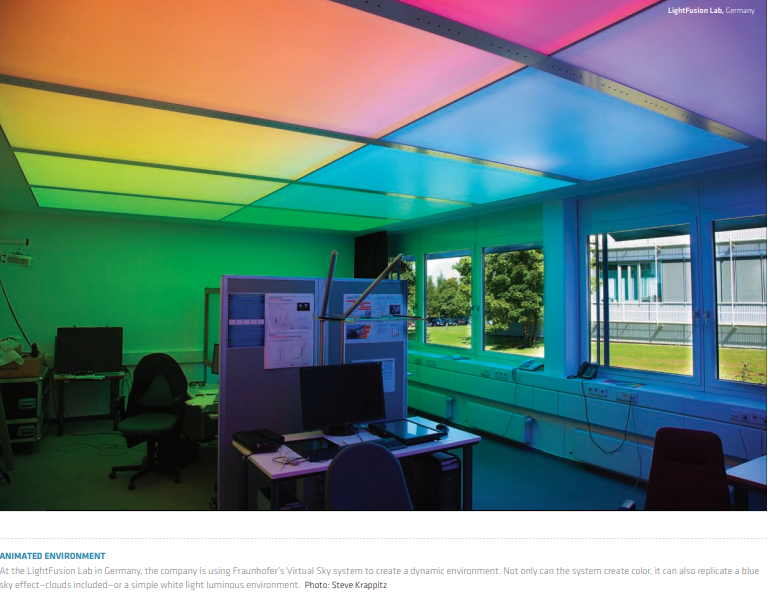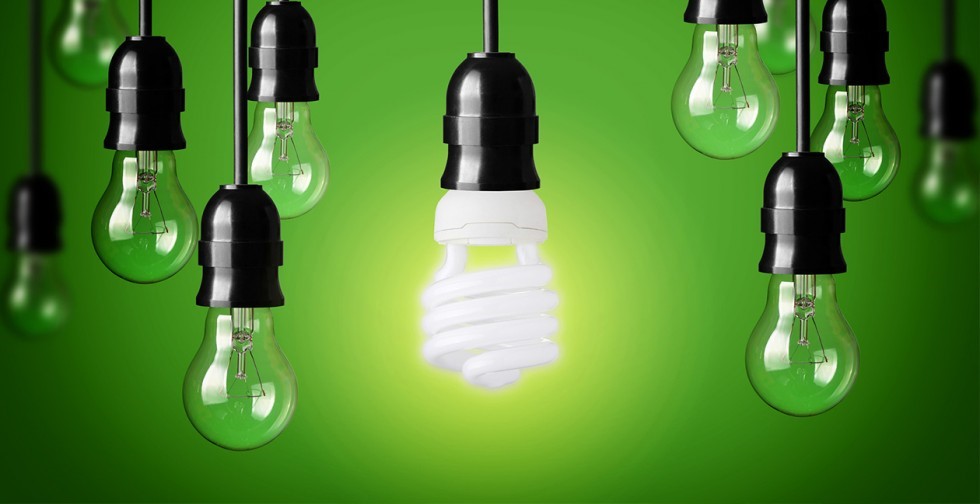Claiming that better lighting technology can improve productivity in the office may raise the concern of sceptics. Nevertheless, there is evidence that daylight exposure is vital for healthy bones (light on the skin) and helps the brain regulate circadian rhythms (light through the eye) to promote better sleep, prevent depression and reduce agitation.
Lighting Solutions for Health And Diseases

Source: Philips UK
As the human biological clock is in harmony with the daylight cycle, our bodies are responsive to light, color temperature and intensity. The blue light during mid-day, which may be up to 10,000K, stimulates natural dopamine in our bodies. This, hypothetically, leads to a higher level of alertness and productivity. In an objective experiment using circadian lighting technology at a care facility in the Netherlands, researchers recorded significant improvements in night time restlessness, depression and sleep duration. In another experiment by Philips and the University of Mississippi in an elementary school, students responded positively when exposed to purposed lighting environments, such as having improved fluency when reading.
Moreover, there are positive outcomes in Parkinson’s and Alzheimer’s cases that LED lighting solutions can bring about. Critics doubt the effectiveness of light’s impact on such ailments and demand additional clinical results showing lighting technology affecting such diseases however, there is a surplus of data showing a positive impact. In saying that, lighting solutions should be considered as an “off-label” prescription for such serious diseases. Research also implies that this innovative lighting solutions for medical treatment may vary from case to case. However, no harm is caused to patients using lighting technology as a treatment method.
Mood and Productivity Lifting With Lighting Technology

Studies have shown that human centric lighting can improve people’s mood, which is why lighting technology has been applied in medical settings to help patients feel less nervous during MRI procedures.
In regards to “productivity-boosting” in the workplace, German company LightFusion Lab created a dynamic environment where they simulate the blue colour of the sky using RGB LED lighting. Fraunhofer’s VirtualSky and other forms of innovative lighting technology have begun to be implemented in companies to boost productivity. Using simulated blue-enriched light, human-centric lighting solutions are designed with different illuminance levels and colour temperatures during working hours; this aids the circadian rhythm in regulating energy levels, alertness and employee concentration. Evidence-based research showed that 71% of subjects found they felt more energetic, 76% felt happier and 50% felt healthier. In general, the result showed 12% improvement in work performance from the 6-month experiment in Amsterdam.
Innovative Lighting Technology And Sustainability

Despite the impact on people’s productivity, there is concern about the cost-effectiveness of the installation of human-centric lighting with dimmable or fixed LED fittings in buildings and offices. Infrastructure and building controls are not cost-effective in general, though it depends on the lighting solution provider.
LED lighting is maintaining a strong share over conventional human centric lighting technology, especially since LED fittings are found to create low carbon footprint and no mercury. However, critics require more evidence on how environmentally friendly current lighting technology really is.
As Technilux is increasingly studied and applied in schools and care facilities, its positive impact, that is free from side-effects, suggests future applications may be used to cure diseases such as Parkinson’s/Alzheimer’s as well as become an effective tool to boost productivity at the workplace.

